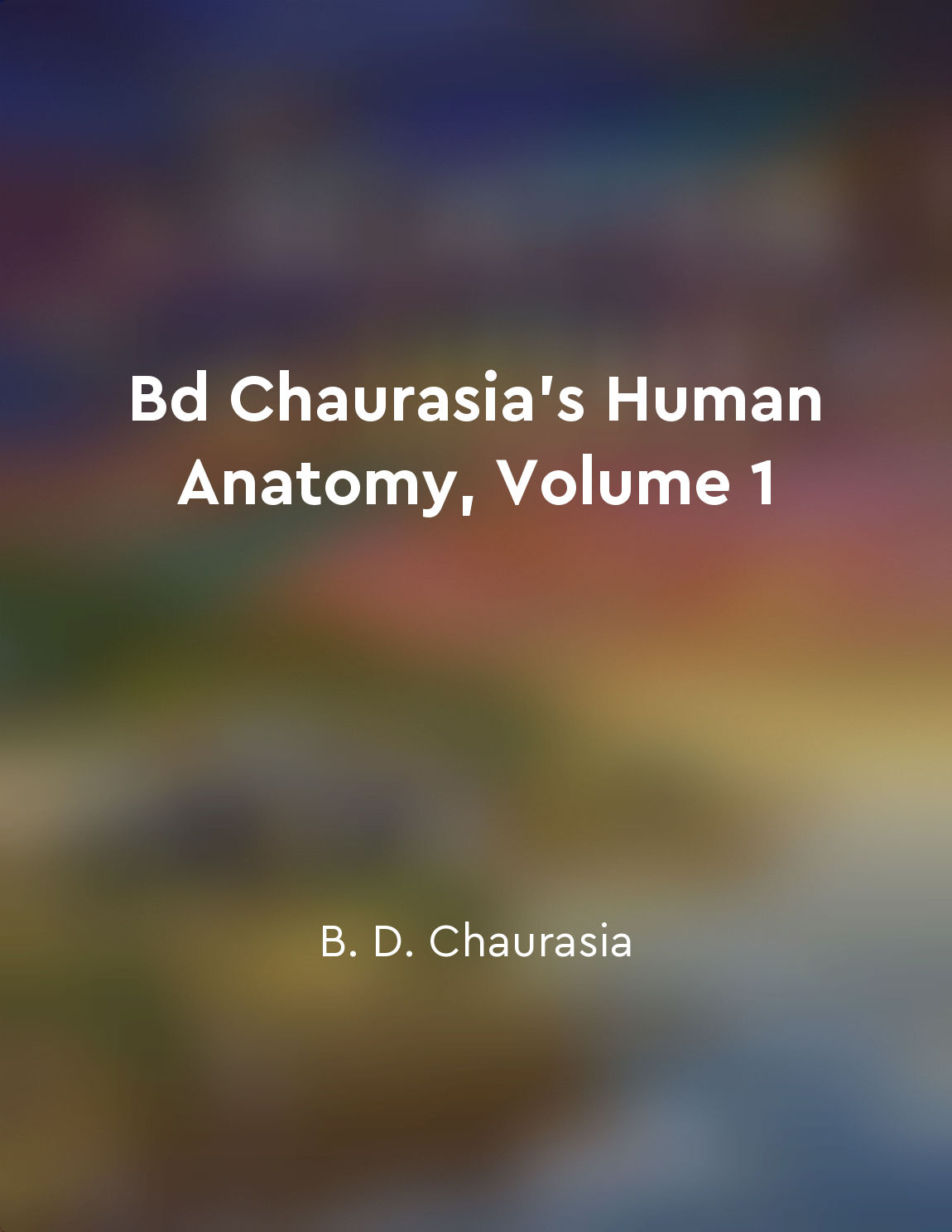Introduction to abdomen from "summary" of Bd Chaurasia's Human Anatomy, Volume 1 by B. D. Chaurasia
The abdomen is the part of the body between the thorax and the pelvis. It contains the digestive system, urinary system, and reproductive system. The abdomen is enclosed by the abdominal wall, made up of skin, fat, muscles, and fascia. The abdomen is divided into nine regions by four imaginary planes. These regions are important for locating abdominal organs and for clinical examination.
The abdominal wall consists of several layers. The skin is the outermost layer, followed by subcutaneous tissue, which contains fat. Beneath the subcutaneous tissue are three layers of muscles: external oblique, internal oblique, and transverse abdominis. The muscles of the abdominal wall provide support and protection to the abdominal organs.
The abdominal cavity contains several organs, including the stomach, liver, gallbladder, spleen, pancreas, small intestine, large intestine, kidneys, and urinary bladder. These organs perform various functions related to digestion, absorption, and excretion. The abdominal organs are supported and held in place by ligaments and mesenteries.
The abdominal organs receive blood supply from branches of the abdominal aorta. The venous drainage is through the portal vein, which carries blood to the liver for filtration and detoxification. The lymphatic drainage of the abdomen occurs through lymphatic vessels that drain into lymph nodes located along the abdominal aorta.
The abdominal cavity is lined by a serous membrane called the peritoneum. The peritoneum is divided into parietal peritoneum, which lines the abdominal wall, and visceral peritoneum, which covers the abdominal organs. The peritoneal cavity contains a small amount of serous fluid that lubricates the abdominal organs and allows them to move freely.The abdomen is a complex region of the body that contains vital organs responsible for digestion, absorption, and excretion. Understanding the anatomy of the abdomen is crucial for medical professionals to diagnose and treat abdominal disorders effectively.

Open in app
The road to your goals is in your pocket! Download the Oter App to continue reading your Microbooks from anywhere, anytime.


